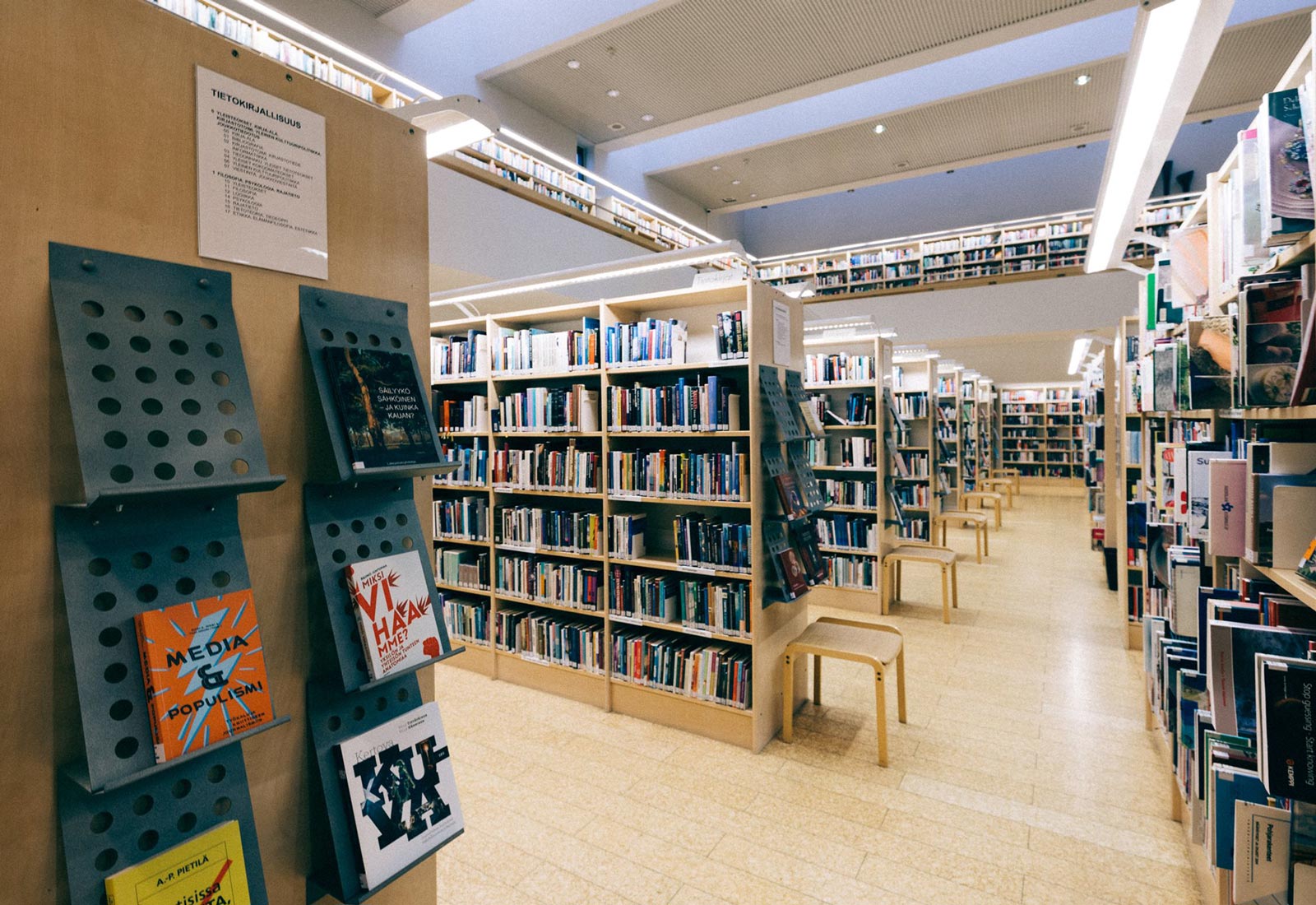Adapting libraries for the « always on » generation
As social and cultural institutions, it is to be expected that libraries, as with most things, will constantly need to evolve to reflect the changing makeup of the society and communities that they serve. But today, aside from the obvious, libraries are facing another great challenge – Technology.
In the context of libraries, the threat isn’t that technology offers better access to resources, it’s that it has the ability to fundamentally change behaviours. The internet, broadband, smartphones and apps; all of these things and more have not only revolutionised the way people consume information, they have changed people’s expectations. It is now the norm to be able to pick up one’s phone and read the news, connect with friends or access resources at any time of day or night.
We are a generation that is “always-on”.
Where does this leave libraries, though? Undoubtedly they are adapting to try and keep up with the pace of change, digitally transforming their services in order to adapt to the changing consumer demand – this is normal, and to be expected, but what of the library as a physical space? This is a fundamental and recognisable part of their identity, and regardless of the influence of technology, people want to see libraries open, because there’s a plethora of things that you can’t replace with a smartphone. But supply and demand are diverging; libraries are closing, yet the demand for them as a physical space seems to remain strong (and passionate).
Evidence from Axiell’s Library of the Future report, which surveyed over 2,000 members of the public, found that 89% of people think that libraries are an important part of the community, and that the most frequent users of libraries are 25 – 34 year olds which, incidentally, are the second highest adopters of technology (based on smartphone adoption rates, Ofcom, 2014). So those one might expect to be drawn away from libraries by the pull of other sources are actually those visiting the most. So maybe technology isn’t solely to blame, maybe the physical space has just been neglected as libraries look to keep up with technology.
Axiell’s report uncovered some interesting results with regards to how libraries can adapt library buildings to keep them up to date with the demands of the public. Over 60% of respondents said they would visit more if their library had a cafe or social club facilities, and over 50% would like to see their library offer a cinema to watch movies or short films. These results show that people want their library to be a dynamic, vibrant hub of the community. But how can they be expected to be when hundreds of libraries are closing and opening hours are being slashed?
Well, technology can help here too, and it’s been helping over a thousand libraries across the Nordics increase opening hours (yes, increase), increase lending, and improve the patron experience. Here, Axiell’s self-service and library automation technology is helping libraries meet the demands of our “always-on” generation, giving patrons what they want – a dynamic, flexible and available library service. Axiell Axess and Aperio could prove to be critical tools in a library’s toolkit as they look to maintain, or even improve (as has been demonstrated), opening hours, loans and other key metrics.
In 2013 and 2014, the Axiell Aperio library automation solution helped Surte Library in Sweden increase lending by 17%. Eva Bunger, Librarian for Ale municipality comments, ”We are turning a downward trend. Eventually there will be an Axiell Aperio solution at the central library as well. The library has been pushed forward due to this development”.
What is so important about self-service and library automation solutions is that, despite all of the negative pressures on libraries, they can help them deliver a cultural service that can cater for every need, making available an engaging community hub that is relevant to what people actually want. This technology, like Axiell’s Axess and Aperio solutions, helps libraries do more for more people.
To see how library automation and self-service can help your library, speak to one of our library experts >



